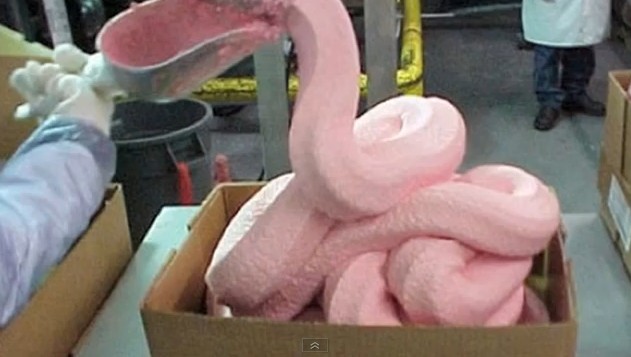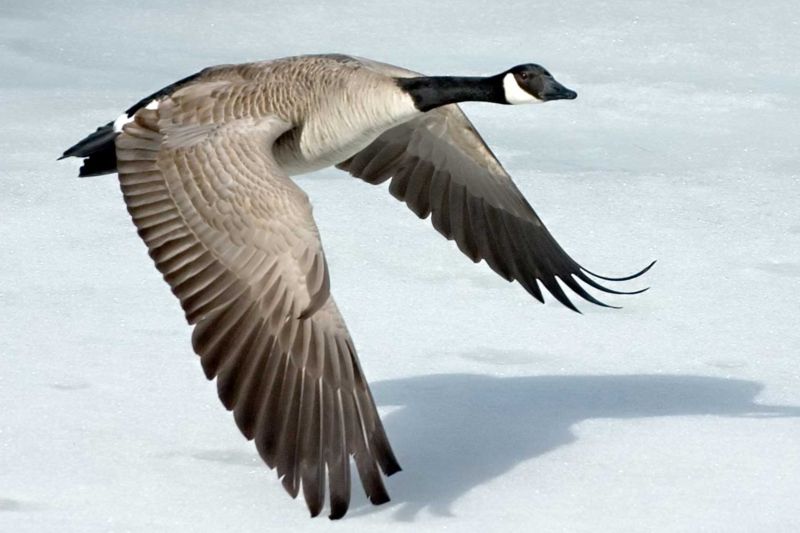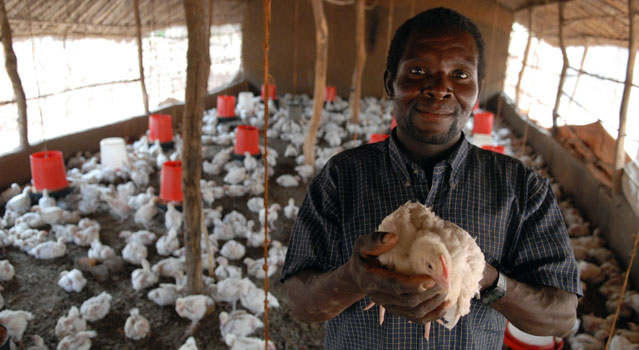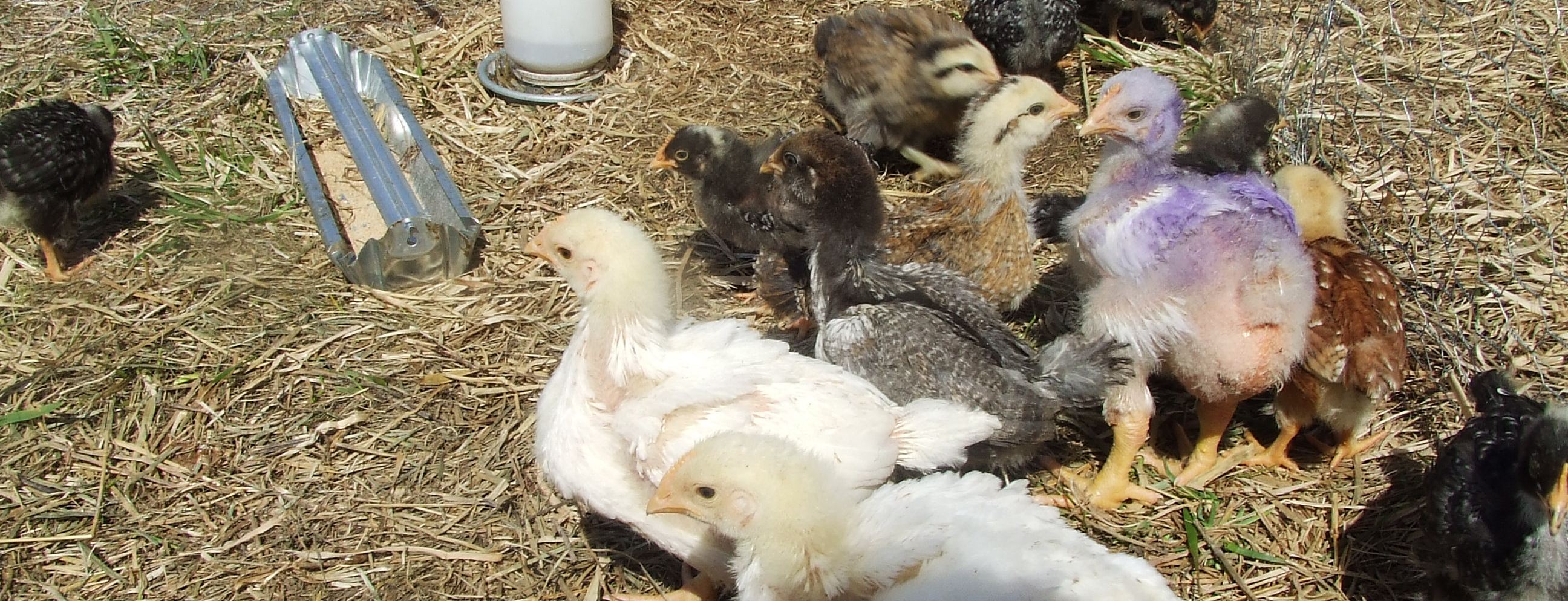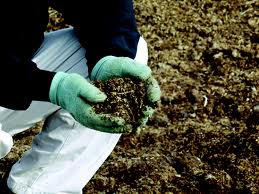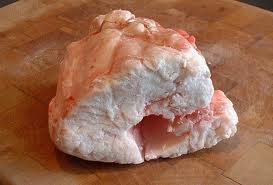Pheasants, just like other game birds are liked worldwide. They are among-st the category of upland game birds – in simpler words, it means all those birds that are perfect for poultry and require relative simpler living. You must be thinking that people have pet flocks that include guinea fowl, pigeons, turkey, ducks and chickens, but not really heard about …
Read More »Farhan sheikh
10 tips for hatching chicken egg in an incubator
When I was a kid I couldn’t understand the difference between a fertile egg and the non fertile one. It didn’t make any sense to me at that time; I have been brought up in a family which adored poultry the most. With us three siblings, my father had dozen of chickens in the backyard too, and he took care …
Read More »An insight of mechanically deboned chicken
Everyone who is directly or indirectly linked to the food business would have listened the term “mechanically deboned chicken” or “mechanically recovered/reclaimed meat”. It is rather a common term in cuisine. With the modernization and adaptation of new means and ways to make our work easier, each and every field has been evolved; whether it is the food, the sanitary …
Read More »An insight of Geese
The geese which are used for the poultry related purposes are known as domestic geese. They are used in the poultry industry for the purpose of eggs, meat and for their down feathers. Since the olden days, they have been used for a number of purposes. Some people used to keep as pets while others made use of them …
Read More »Quick View of Poultry Farming in 10 Developing Countries
Global poultry and trade of the poultry products has shown a major change in the past 40 years. Moreover, between the year 1970 and 2005 the poultry meat and levels of egg production had increased in a manner like never before. In other words, it can be asserted here that the trade of the poultry meat had increased in a …
Read More »Overview of Poultry Industry in South Africa
In lines to the increase in the poultry production all over the world, poultry farming in South Africa has also shown a major growth in its poultry sector. Keeping in view the last 10 years, the estimated number of birds have increased to about 49 million. Presently, the total number of birds the poultry sector in the country has is …
Read More »Raising Chickens for Dummies
Raising chickens for dummies is quite an easy process, but only if you make use of some expert advice and specialized measures for the betterment of the animals in the farmhouse environment. There are some useful techniques and tips which might come in handy in bringing up chickens in the best manner possible. More or less, the tips I would …
Read More »Fundamentals of Pastured Poultry System
Pasture poultry can be defined as a mechanism or method of raising poultry for the purpose of meat, pastured eggs or just for pleasure by making use of some pasture management system. No matter which form of poultry system you plan to use, you would initially begin by bringing up the chickens making use of the conventional methods and then …
Read More »4 prodent methods of disposal of different types of poultry wastes
DISPOSAL/MANAGEMENT OF POULTRY WASTES The method of disposal of poultry wastes plays major role in con- -trolling and eradication of diseases. Improper approach and carelessness of this important aspect of production process in poultry, can lead to constant emergence of disease ailments on poultry farms. This results in heavy losses in the forms of mortality and reduced productive performance. Therefore, …
Read More »Backyard Hen/chicken Feeding – Suet Versus Vegetable Extra body fat
Numerous pet care experts have frequently maintained backyard-feeding internet sites for wild birds. Our methods to this activity have been somewhat nonchalant at perfect. The nutritional worth of the feed was irrelevant. What exactly are their nutritional, habitat, and behavior needs for max wellness? Regarding diet, our focus was attracted to suet cakes. They did not look like a quite …
Read More »

